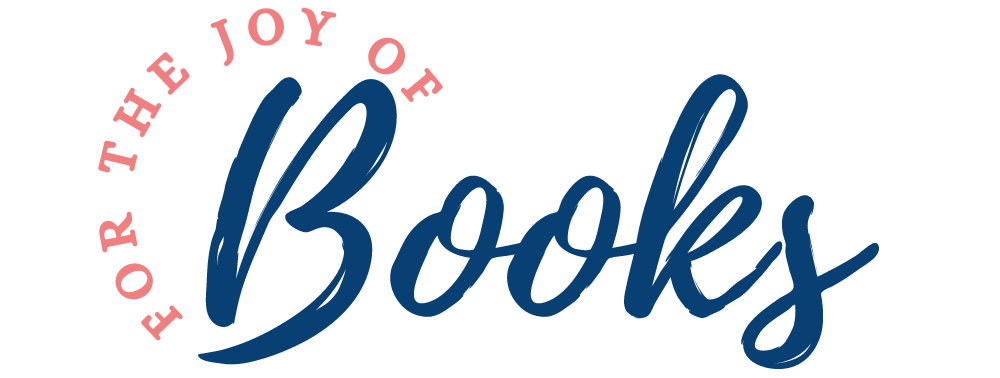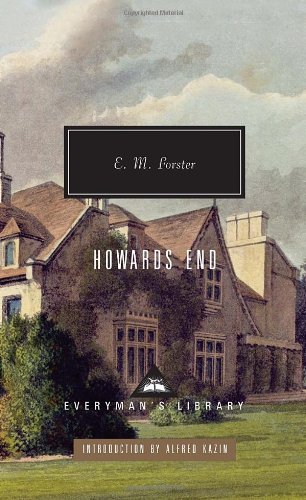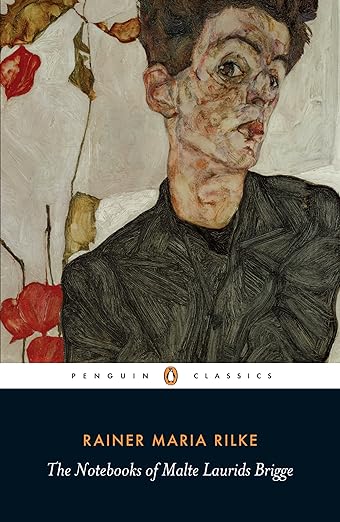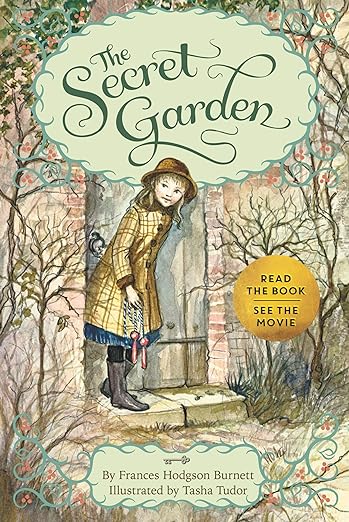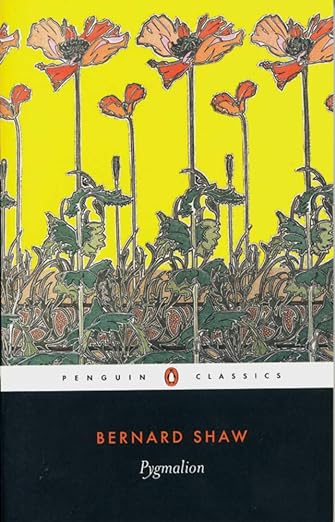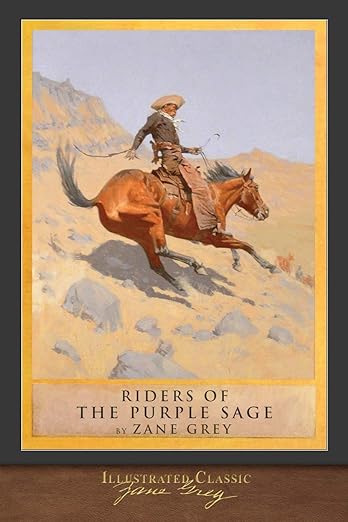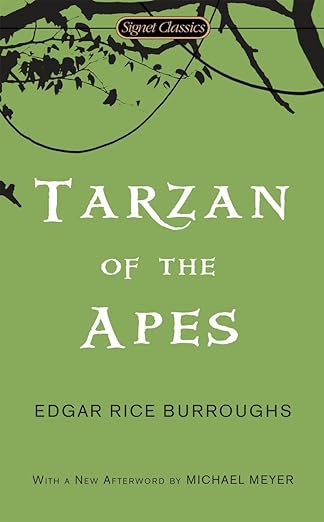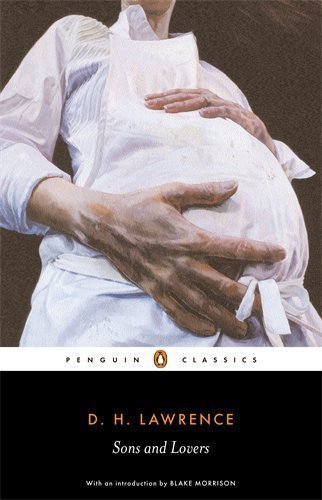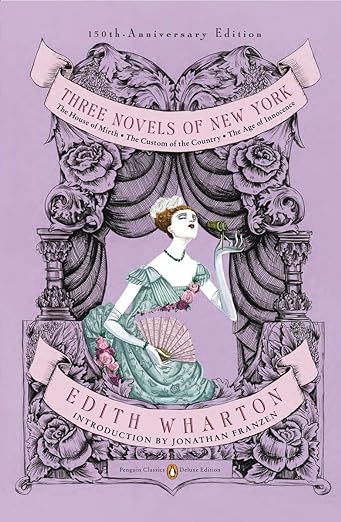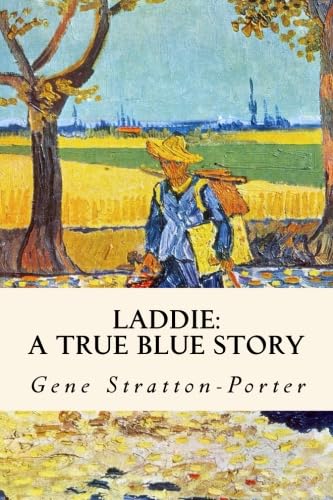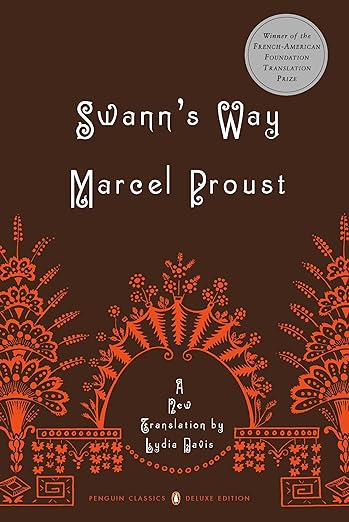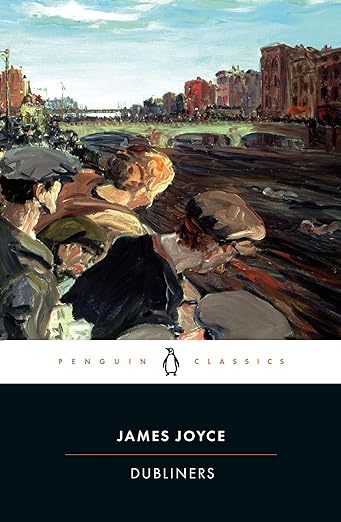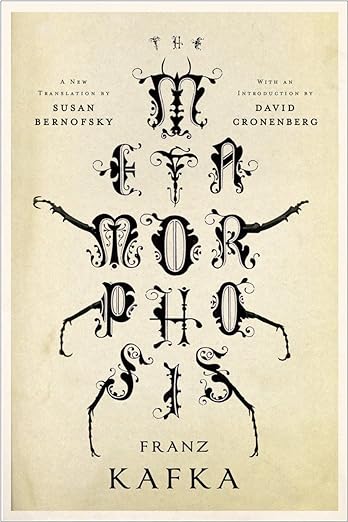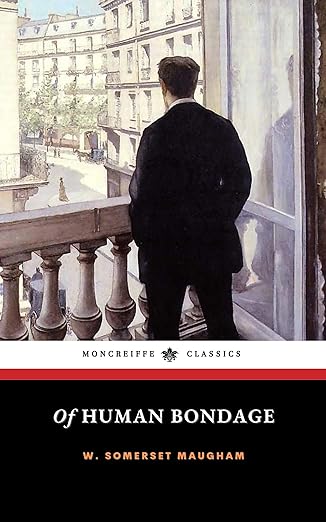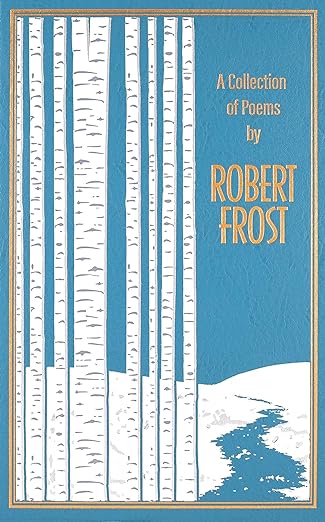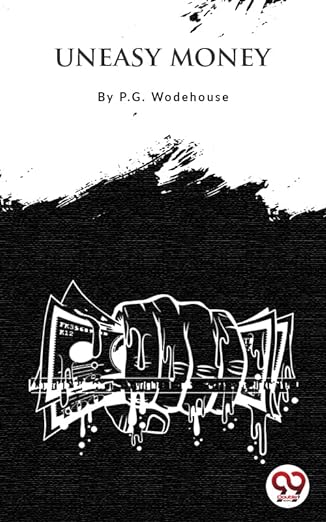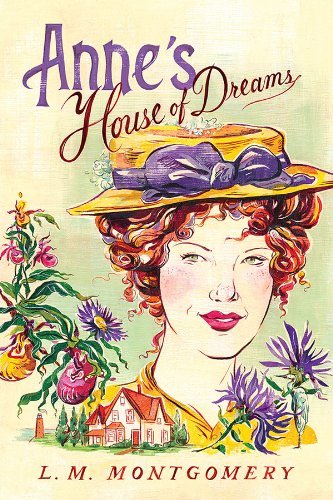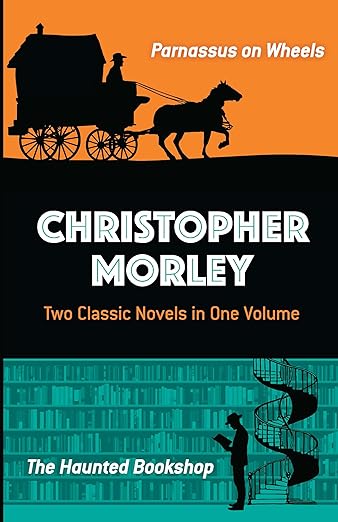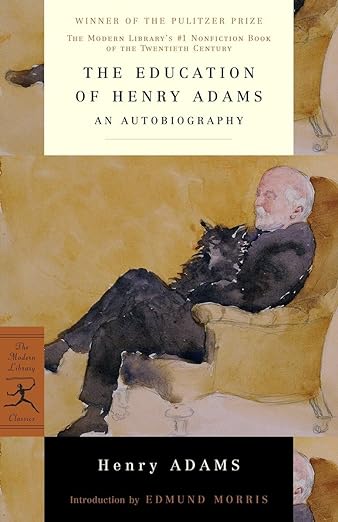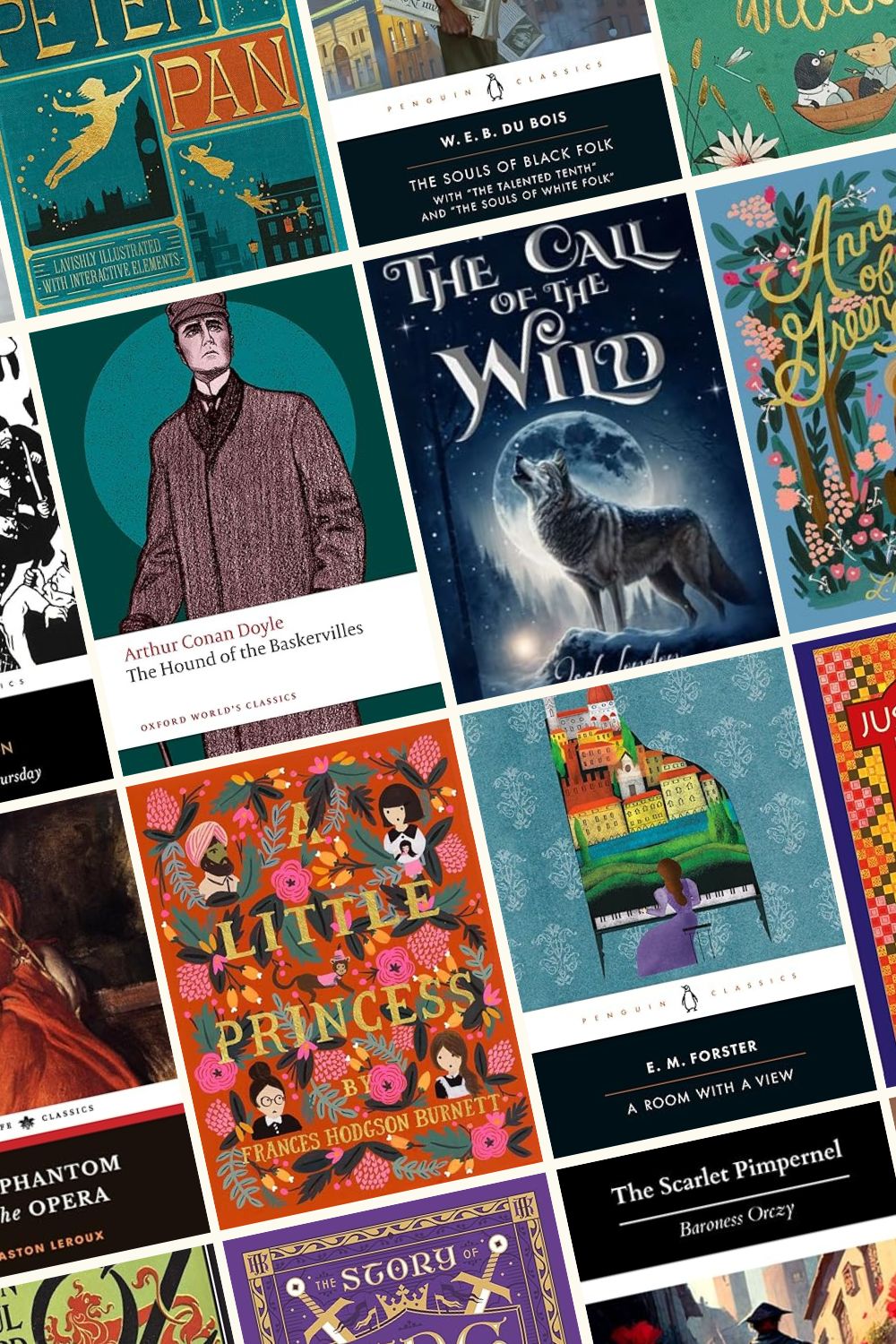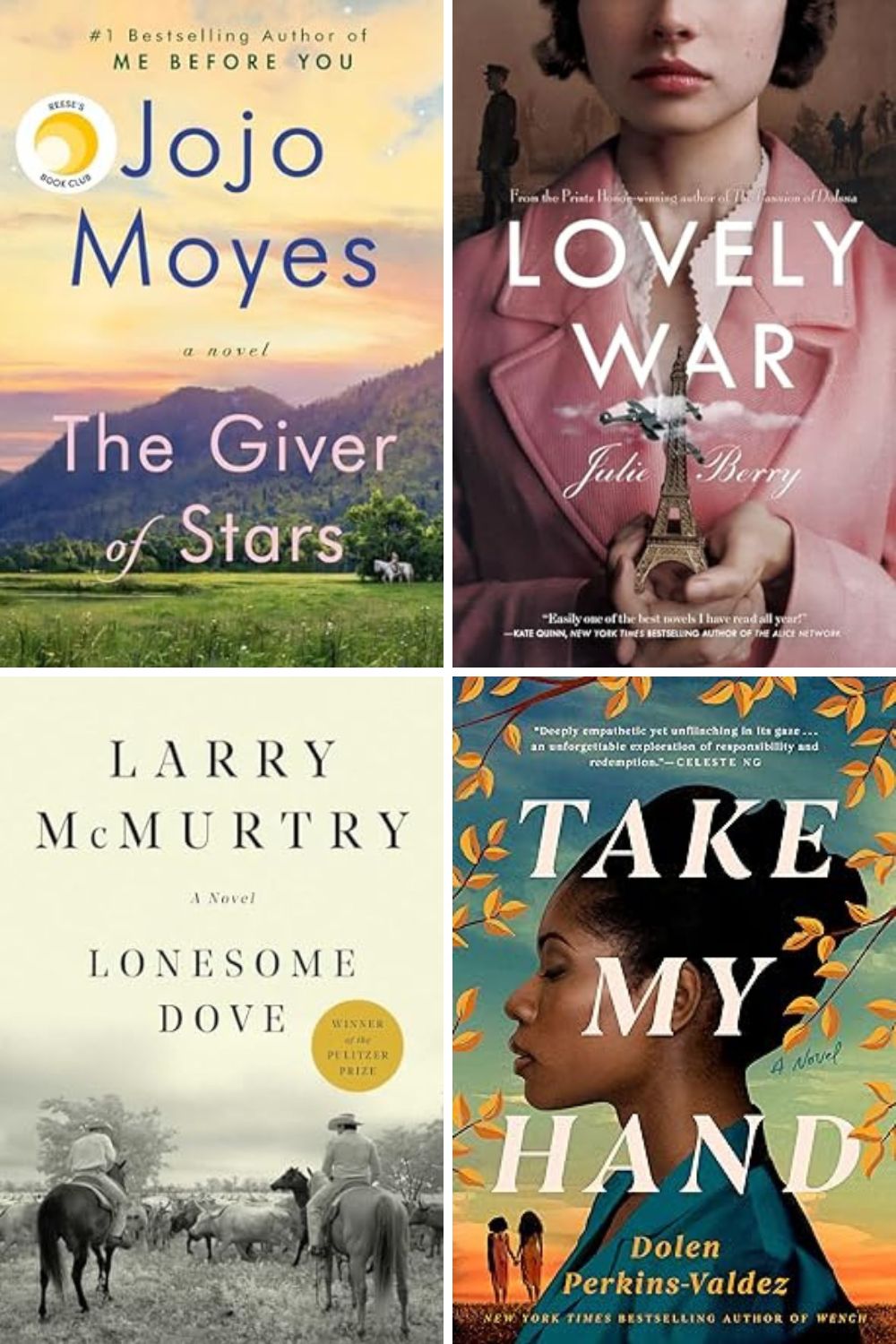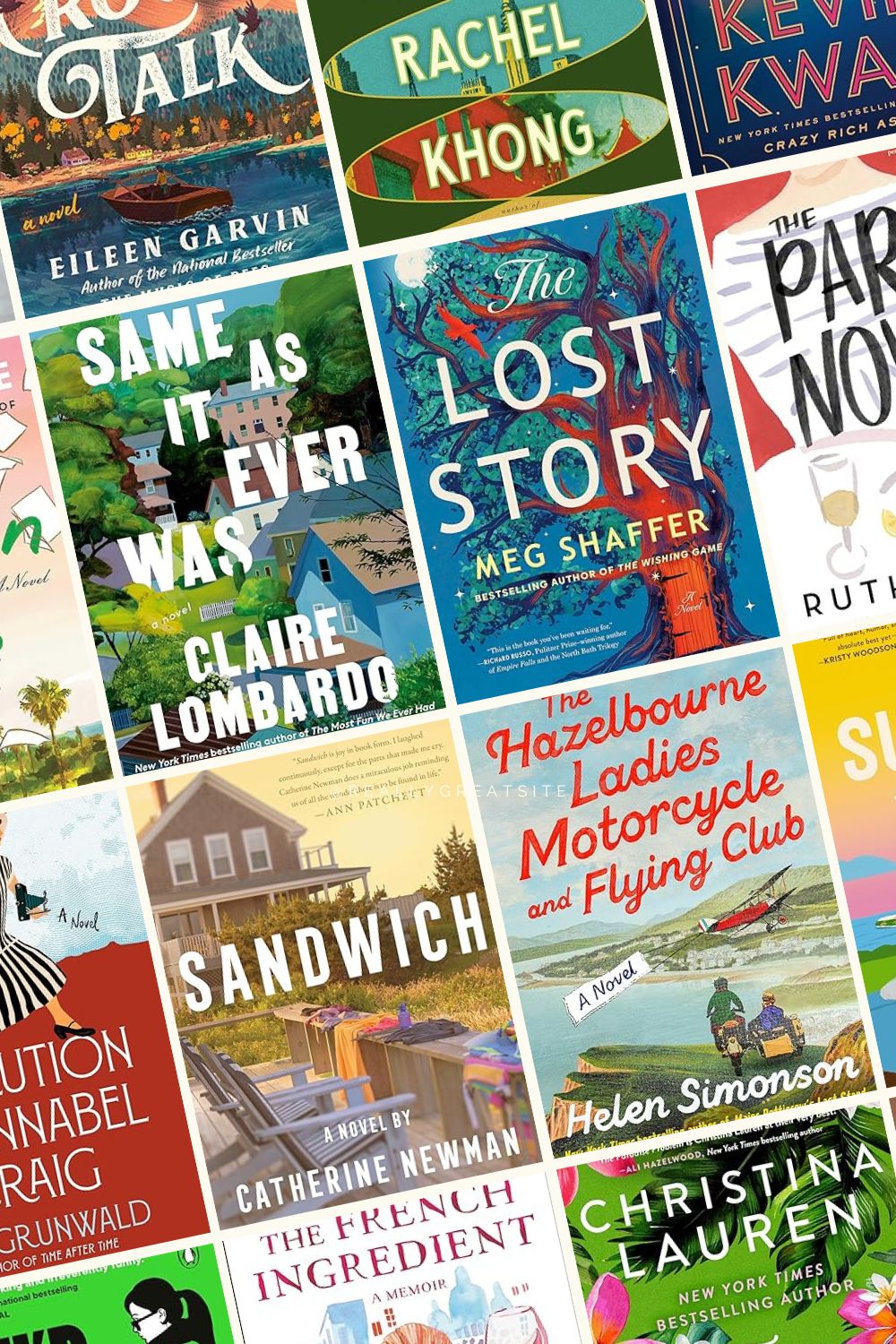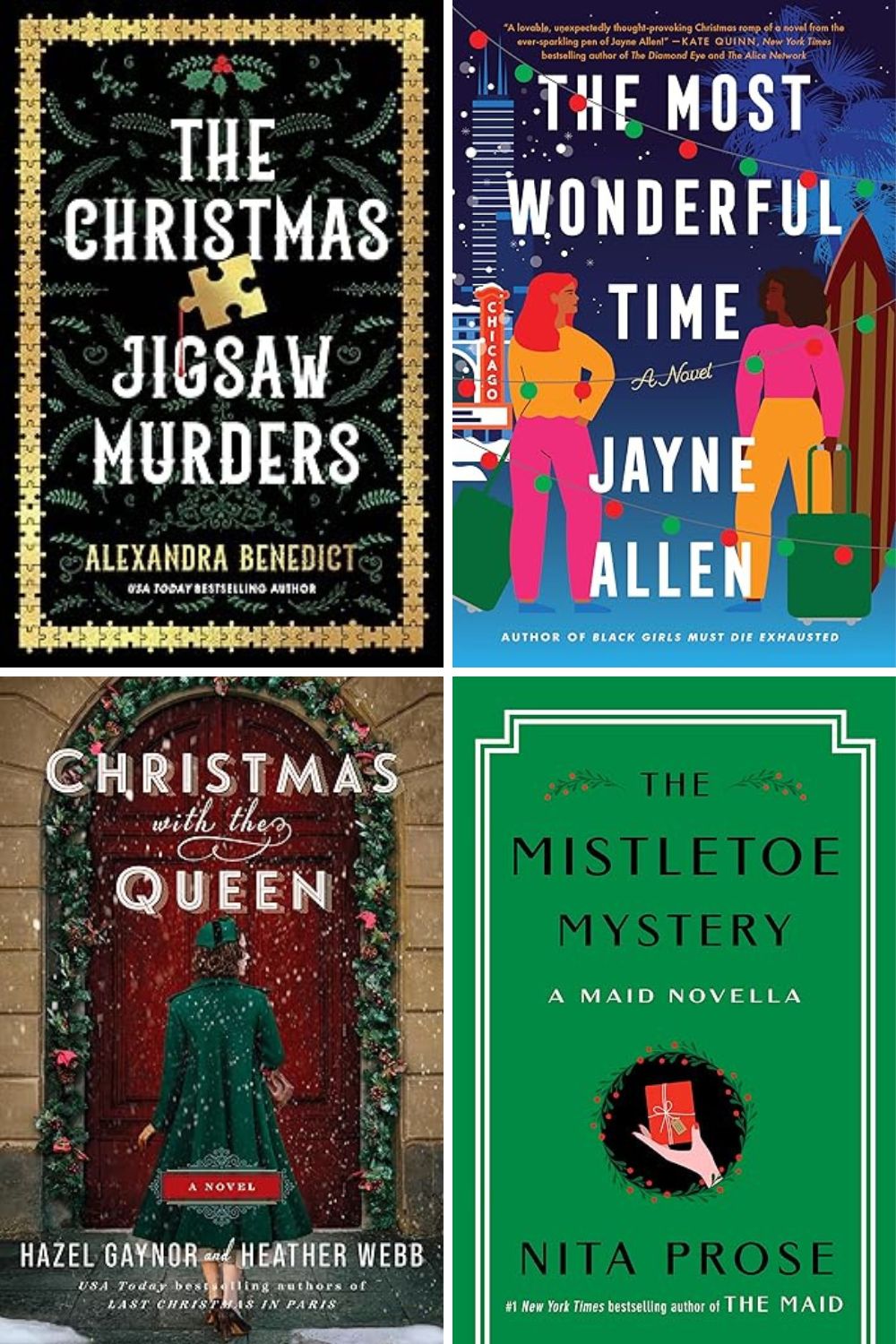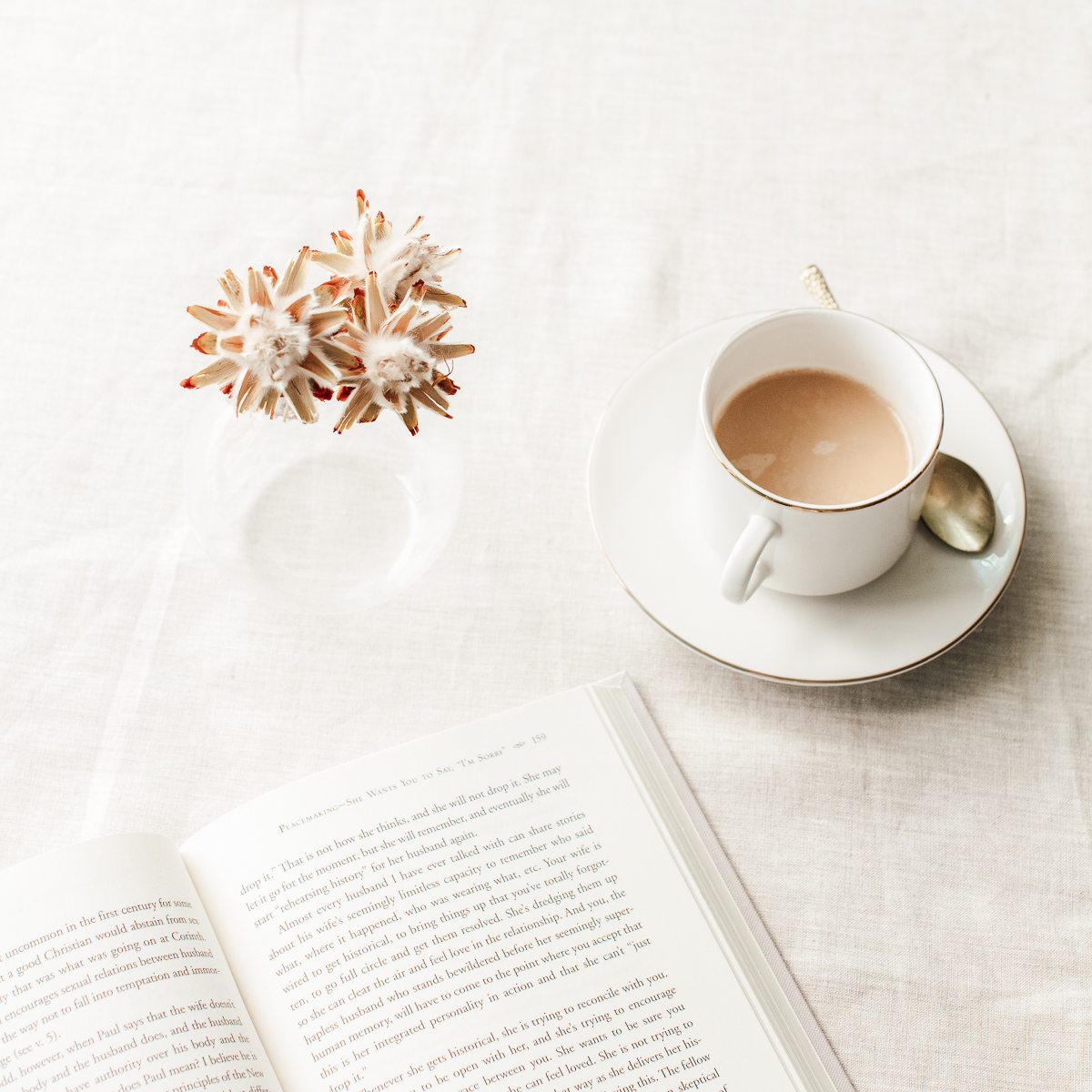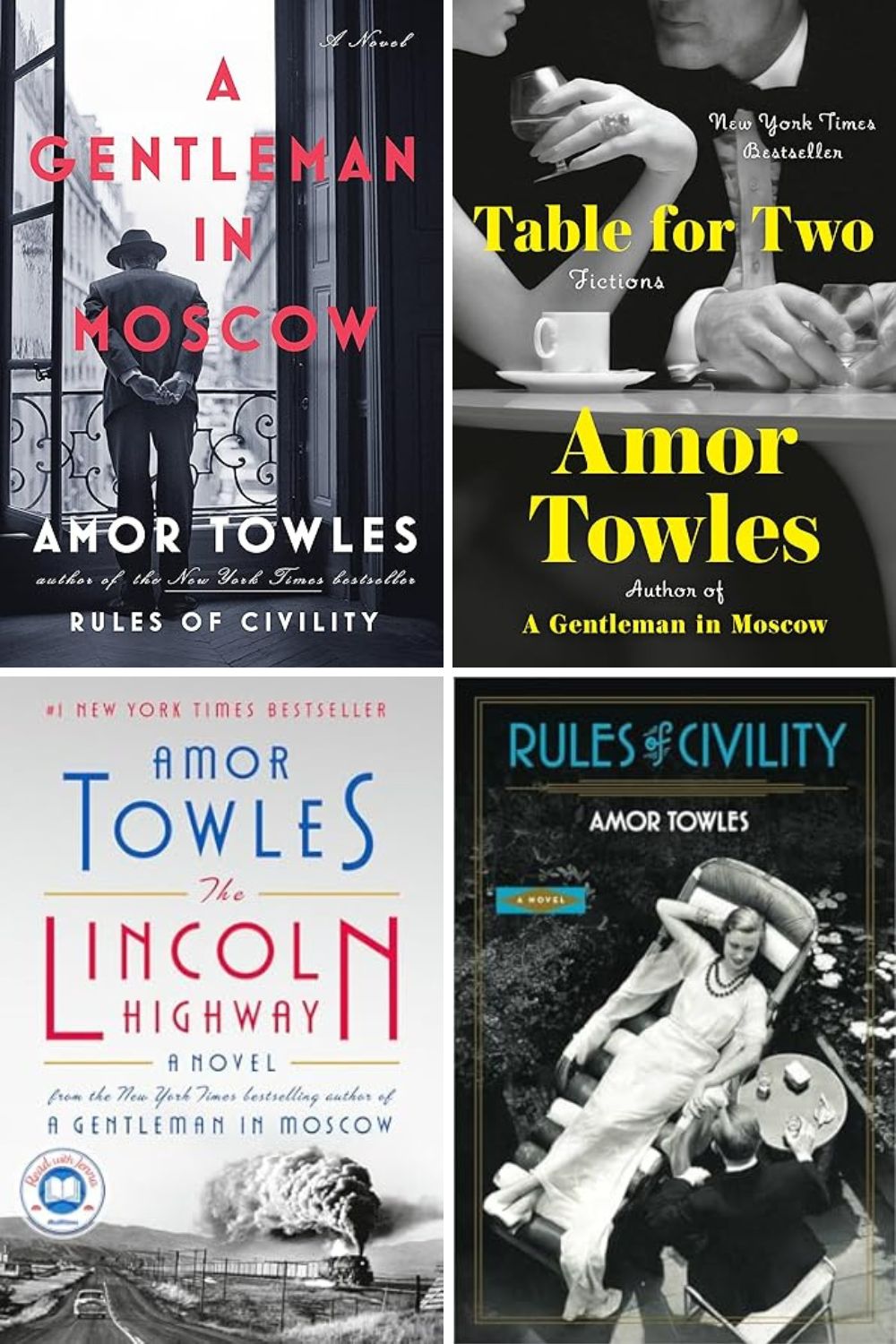The Titanic sank, the Oreo cookie was invented, Henry Ford started producing the Model T, the Panama Canal was completed, the first World War began and ended, the Spanish flu took almost 50 million lives, and these are the books they were reading.
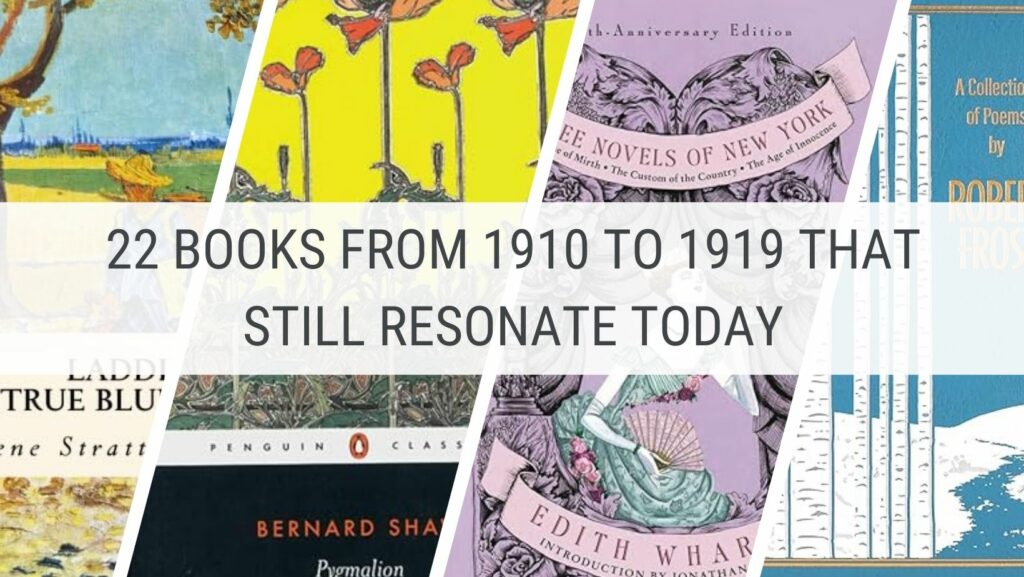
This list is for anyone who is looking to read books from the 1910s. This is not a list of historical fiction books about the 1910s but books that were published in that decade from 1910 to 1919.
If you want to get a glimpse into what this decade was like, this is the time period in which the first two seasons of the TV series Downton Abbey (one of my personal faves) takes place.
I curated this list based on reviews and ratings on platforms around the internet, such as GoodReads. I specifically looked for books that readers are still reading and loving today.
I also included a list below of the bestselling books from each year in the 1910s.
While this list is for anyone looking to explore this decade through its literature, I also created this list for those who may be following the Reading Through the Decades Reading Challenge.
If you are interested in joining this challenge, you may join at anytime by filling out the form below.
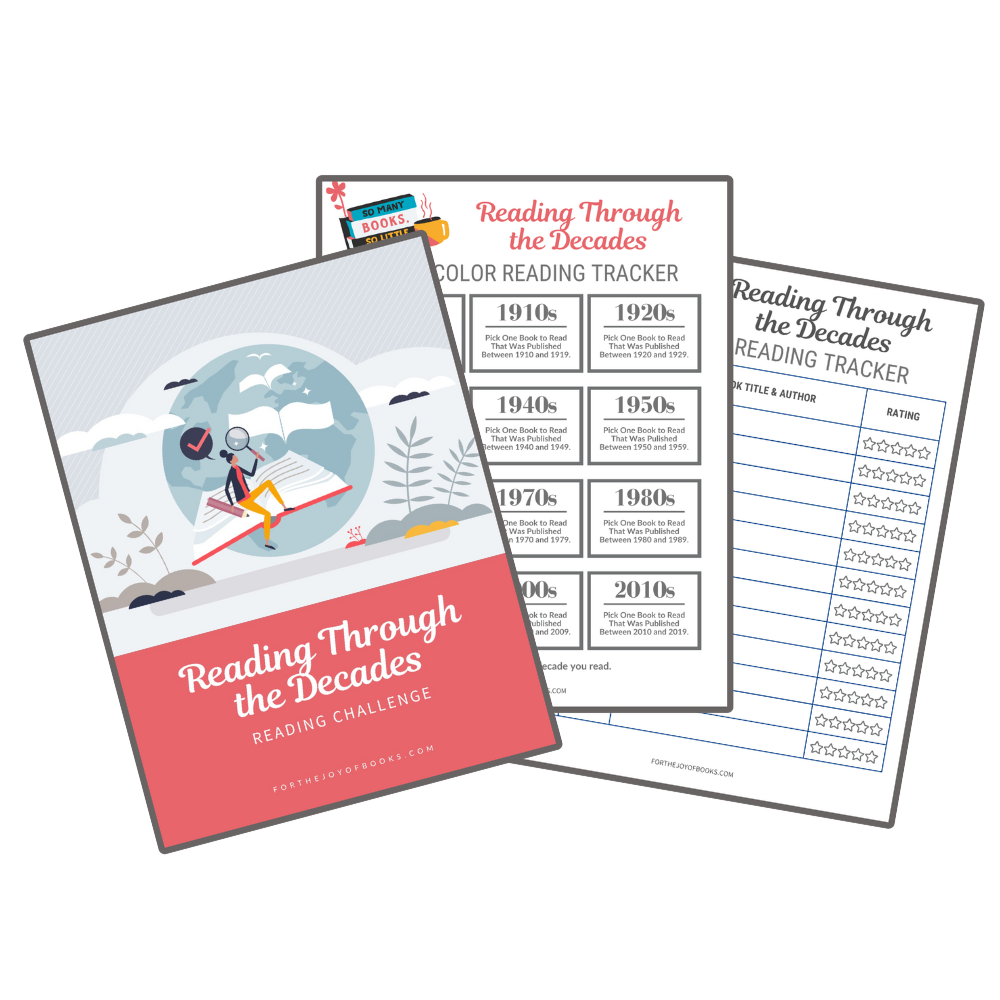
Free Download
Join the Reading Through the Decades Reading Challenge!
Books from the 1910s That We Are Still Reading
Unlike the list of books from 1900 to 1909, this list does not include as many children’s classics, but there is still a wide variety of genres including plays and poetry. You will certainly find something that will interest you.
Howards End by E. M. Forster (1910)
Howards End explores themes of social class, connection, and the clash between the traditional and modern worlds through the intertwined lives of three families in early 20th century England. Perfect for fans of Downton Abbey and Pride and Prejudice.
The Notebooks of Malte Laurids Brigge by Rainer Maria Rilke (1910)
The Notebooks of Malte Laurids Brigge is a semi-autobiographical novel by Rainer Maria Rilke that explores the inner turmoil and existential crises of the young poet Malte Laurids Brigge as he navigates the alienating streets of early 20th-century Paris. Through a series of fragmented diary entries, Brigge reflects on his past, the nature of art and death, and the loneliness and decay inherent in modern life. This is the only novel Rilke ever wrote.
The Secret Garden by Frances Hodgson Burnett (1911)
In The Secret Garden, Frances Hodgson Burnett weaves a magical tale of transformation and healing as a lonely girl who is newly orphaned is sent to live with her uncle in the country. In her new home, she discovers a hidden, enchanting garden that changes her life and the lives around her in unexpected, heartwarming ways.
Pygmalion by George Bernard Shaw (1912)
This little play tells a story about a pompous phonetics professor, Henry Higgins, who bets he can transform Eliza Doolittle, a spirited Cockney flower girl, into a refined society lady with just the power of speech. If you’ve ever watched the movie My Fair Lady with Audrey Hepburn and Rex Harrison, then you know the story because it is based on this play.
Riders of the Purple Sage by Zane Grey (1912)
Riders of the Purple Sage is a classic Western novel that tells the story of Jane Withersteen, a Utah rancher, as she faces religious persecution and fights to protect her land with the help of a mysterious gunslinger named Lassiter. Together, they confront Jane’s enemies and uncover deep family secrets, all set against the rugged backdrop of the American Southwest’s vast canyons and purple sage-covered plateaus. This books is the first in a two-part series. Book 2 is The Rainbow Trail.
Tarzan of the Apes by Edgar Rice Burroughs (1912)
Tarzan of the Apes tells the story of a boy named Tarzan who is raised by apes in the African jungle after his parents, British aristocrats, die. As he grows up, Tarzan learns to survive in the wild, discovers his true heritage, and falls in love with Jane Porter, a visitor from America, challenging him to reconcile his wild upbringing with his human instincts.
Sons and Lovers by D.H. Lawrence (1913)
Sons and Lovers is a riveting tale of passion, conflict, and the search for identity, set against the backdrop of early 20th-century England. It delves into the complex dynamics between a mother and her sons, exploring the depths of familial bonds and the tumultuous path to finding one’s true self amidst love and societal expectations.
The Custom of the Country by Edith Wharton (1913)
The Custom of the Country is considered by many to be Wharton’s best novel. The book tells the story of the ambitious and captivating Undine Spragg, who navigates the complex social ladders of New York and Paris with a mix of innocence and cunning, in her relentless pursuit of wealth and status. Through Undine’s exhilarating escapades and tumultuous marriages, Wharton masterfully critiques the intricacies of marriage, divorce, and social mobility in early 20th-century high society.
I love this volume that contains three novels by Edith Wharton.
Laddie: A True Blue Story by Gene Stratton-Porter (1913)
Laddie: A True Blue Story is a heartwarming tale set in the countryside, where a young gurl shares the adventures and virtues of her beloved older brother, Laddie. Through the lens of family life, love, and the connection with nature, this novel beautifully explores themes of integrity, hard work, and the simple joys of rural living.
Swann’s Way: In Search of Lost Time by Marcel Proust (1913-1927)
In Search of Lost Time is a multi-volume book series about involuntary memory. In the first volume, the taste of a madeleine cake dipped in tea unlocks a flood of recollections from the narrator’s life, weaving a rich tapestry of experiences and social critique. It’s like sitting down with an old friend who shares stories of love, loss, and the beauty of the mundane, all while pondering the elusive nature of time.
Dubliners by James Joyce (1914)
Dubliners is a captivating collection of short stories that offers a deep dive into the everyday lives and struggles of the people of Dublin, Ireland. Through Joyce’s masterful storytelling, readers are invited on a journey to explore the rich tapestry of human experiences, from the innocence of youth to the complexities of adulthood.
The Metamorphosis by Franz Kafka (1915)
The Metamorphosis tells the story of Gregor Samsa, a traveling salesman who wakes up one morning to find himself transformed into a giant insect. Despite his shocking new form, the heart of the tale lies in Gregor’s attempts to adjust to his new life and the varying reactions of his family members, all woven together with Kafka’s signature blend of surrealism and poignant humanism.
Of Human Bondage by W. Somerset Maugham (1915)
Of Human Bondage is a compelling tale of Philip Carey, a boy with a clubfoot who embarks on a journey of self-discovery, navigating through the challenges of love, loss, and the quest for personal freedom. Along the way, Philip’s encounters with different characters and his tumultuous relationship with Mildred, a capricious waitress, profoundly shape his understanding of life and his own desires.

The Turmoil by Booth Tarkington (1915)
The Turmoil, the first novel in Booth Tarkington’s “Growth” trilogy, captures the rapid industrialization and social change in early 20th-century America, focusing on the Sherwood family’s struggles and adaptations in a Midwestern city. It explores themes of ambition, love, and the conflict between traditional values and the relentless push for progress.
Other books in this series include:
- Book 2: The Magnificent Ambersons
- Book 3: National Avenue
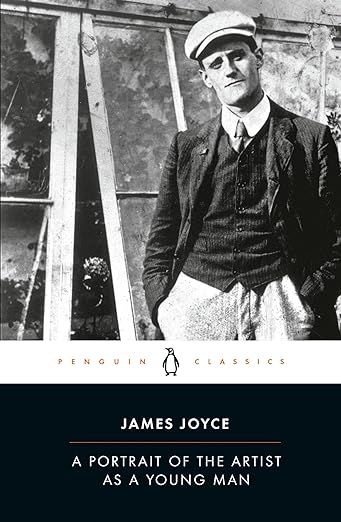
A Portrait of the Artist as a Young Man by James Joyce (1916)
A Portrait of the Artist as a Young Man tells the coming-of-age story of Stephen Dedalus, a young Irishman striving to break free from the conventions of his society and religion to pursue a life as an artist. It’s a beautifully complex journey of self-discovery and rebellion, capturing the struggles and triumphs of finding one’s own voice.
The Road Not Take and Other Poems by Robert Frost (1916)
The Road Not Taken and Other Poems by Robert Frost is a delightful collection that takes readers on a journey through the beauty and complexities of nature, life’s choices, and human emotions. Frost’s masterful use of language and imagery invites us to explore the paths we take and the ones we leave behind, all while savoring the simple joys and profound moments of everyday life.
Uneasy Money by P.G. Wodehouse (1916)
Uneasy Money is a delightful story about the charming but broke Lord Dawlish, who unexpectedly inherits a fortune from an American millionaire, leading to a series of amusing entanglements and romantic misadventures on both sides of the Atlantic. With Wodehouse’s trademark wit, the story weaves through mistaken identities, quirky characters, and the quest for love, all served with a generous dollop of humor.
Other Wodehouse books published this decade include:
- Picadilly Jim by P. G. Wodehouse (1917)
- My Man Jeeves by P. G. Wodehouse (1919)
Anne’s House of Dreams by Lucy Maud Montgomery (1917)
Anne’s House of Dreams is a heartwarming tale where Anne Shirley embarks on a new chapter of life, marrying Gilbert Blythe and settling into their charming “House of Dreams” by the sea. Their life is filled with love, friendship, and the small joys and sorrows that weave the fabric of their shared journey. This is the fourth book in the Anne of Green Gables series.
Parnassus on Wheels by Christopher Morley (1917)
Parnassus on Wheels is a charming novel that follows the adventures of Helen McGill, who, tired of her mundane life, buys a traveling bookstore and embarks on a journey of self-discovery across the countryside. Alongside the eccentric Roger Mifflin, the seller of the bookstore on wheels, Helen finds joy, freedom, and a love for literature, transforming her life in unexpected ways.
The Education of Henry Adams by Henry Adams (1918)
The Education of Henry Adams is an autobiography by Henry Adams that explores his struggles to come to terms with the rapid changes in society and technology during the late 19th and early 20th centuries. Through his personal experiences, Adams reflects on the inadequacy of traditional education in preparing individuals for the complexities of modern life. This book won the Pulitzer Prize in 1919.
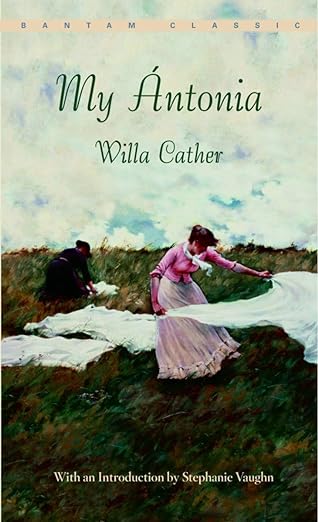
My Ántonia by Willa Cather (1918)
My Ántonia by Willa Cather follows the lives of immigrant pioneers in Nebraska during the great migration, seen through the eyes of Jim Burden and his enduring friendship with the spirited Ántonia Shimerda. It’s a beautiful exploration of youth, memory, and the bittersweet nostalgia of life’s changing seasons. This is considered one of the most important American novels as it provides a glimpse into this important period of United States history. My Antonia is part of The Great Plain Trilogy. The other books in the series include:
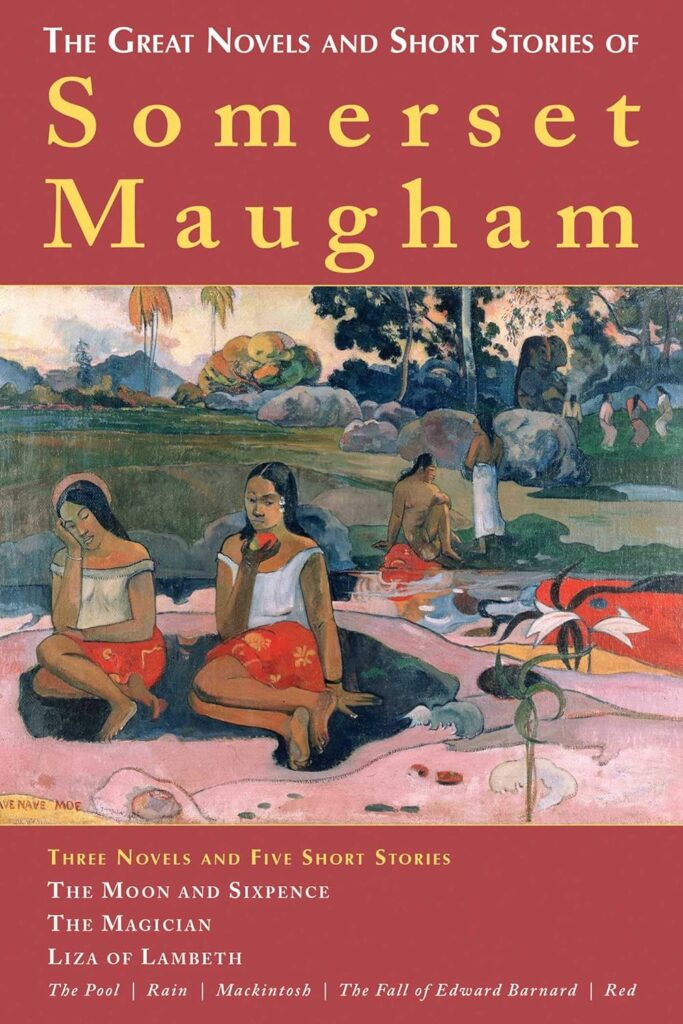
The Moon and the Sixpense by W. Somerset Maugham (1919)
This is a novel inspired by the life of the painter Paul Gauguin. It tells the story of Charles Strickland, a London stockbroker who abandons his family and career to pursue painting in Tahiti, ultimately seeking a purer form of artistic expression but leaving a trail of destruction in his personal life.
The Bestselling Novels of the 1910s
Instead of reading the 1910s books that are still popular today, another way to approach this decade is to read the most popular novels that were published in the 1910s.
These are the bestselling novels of the decade broken down by year. This information is provided by The Bookman and Publishers Weekly.
- 1910: The Rosary by Florence L. Barclay was among the most popular, captivating readers with its romantic narrative.
- 1911: The Broad Highway by Jeffery Farnol captured the imagination of many with its engaging storytelling.
- 1912: The Harvester by Gene Stratton Porter was a favorite, highlighting themes of nature and love.
- 1913: The Inside of the Cup by Winston Churchill (the American novelist, not the British Prime Minister) was widely read and discussed.
- 1914: The Eyes of the World by Harold Bell Wright was another significant hit among readers.
- 1915: The Turmoil by Booth Tarkington drew attention for its depiction of American life.
- 1916: Seventeen by Booth Tarkington resonated with its youthful perspective and humor.
- 1917: Mr. Britling Sees It Through by H.G. Wells offered insights into the personal effects of World War I.
- 1918: The U.P. Trail by Zane Grey thrilled readers with its adventurous narrative.
- 1919: The Four Horsemen of the Apocalypse by Vicente Blasco Ibáñez gained international acclaim, partly due to its later film adaptation
What Will You Read Next?
There are so many good choices on his list. I would love to hear what appeals to you the most. Share your thoughts in the comments below!
Looking for books from other decades?
Here are books from other decades plus a helpful list of easy-to-read classics:
